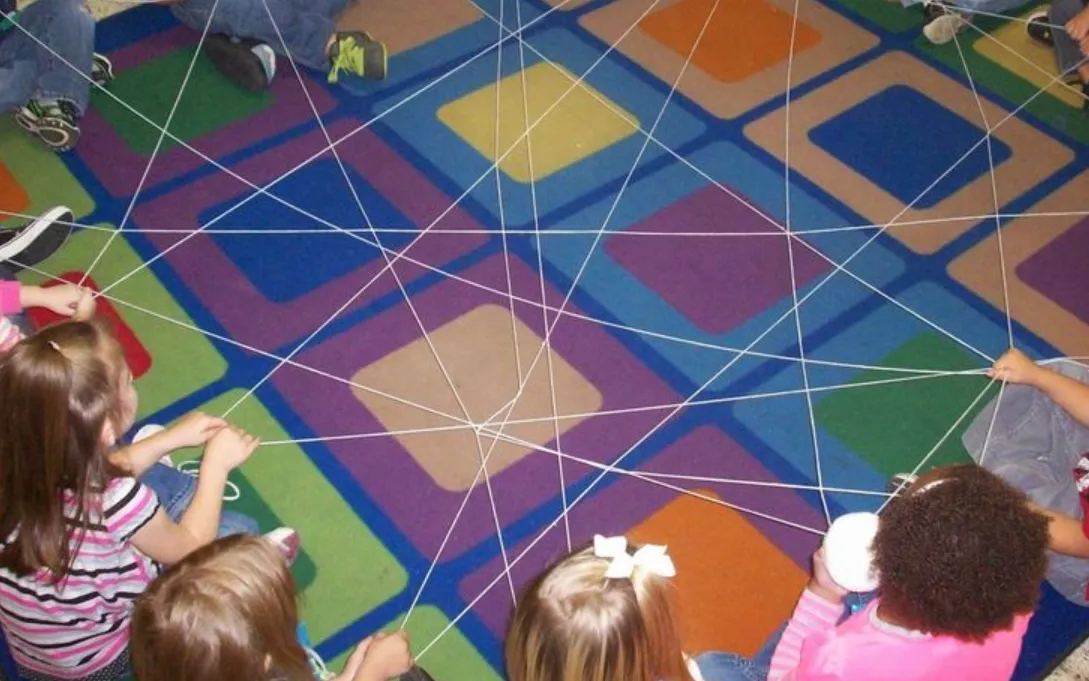True Stories

Context
Section titled “Context”Collaborative efforts often bring together people who do not share history, culture, or worldview. While they may work side-by-side, the depth of trust required for vulnerability, courageous dialogue, or sustained cooperation is not guaranteed. Without a shared emotional foundation, assumptions thrive, conflict simmers beneath the surface, and collaboration suffers.
Problem
Section titled “Problem”When people only relate through surface-level roles or performative dialogue, the group:
-
Makes snap judgments based on titles, behavior, or appearance.
-
Fails to appreciate each other’s internal context—values, histories, motivations.
-
Avoids emotional risk, which keeps trust shallow.
-
Misses opportunities for connection and learning that come from personal storytelling
-
Struggles to navigate tension or disagreement without relational grounding.
The result: collaboration becomes brittle, and people work next to one another, not with one another.
Forces
Section titled “Forces”-
People are more likely to judge than understand when context is missing.
-
Sharing stories requires vulnerability—and vulnerability requires safety.
-
Listening transforms both the speaker and the listener—but only if it is done with care.
-
Trust is most reliably built not through icebreakers or shared tasks, but through shared humanity.
Solution
Section titled “Solution”Invite participants to tell the true story of their lives in small groups—stories that reveal the experiences, beliefs, and relationships that have shaped who they are. Listen deeply, reflect honestly, and close with gratitude.
This means:
-
Forming groups of 3–5 people, seated face-to-face in a circle.
-
Framing the exercise as an intentional act of relational courage and mutual care.
-
Offering thoughtful prompts (e.g., “Tell the story of your life,” “Share a belief that shaped you,” “What does home mean to you?”).
-
Giving each person 4–7 minutes of uninterrupted time to speak their truth.
-
Inviting listeners to offer 1–2 minutes of heartfelt reflections after each story.
-
Holding a full-group debrief afterward to acknowledge what shifted.
This is not about performance. It is about honesty, presence, and mutual recognition.
Resulting Context
Section titled “Resulting Context”-
Participants feel seen and understood, not as roles, but as full humans.
-
Biases soften, and assumptions are replaced by empathy.
-
A relational container of trust is established, enabling deeper and more courageous collaboration.
-
Emotional safety increases, allowing for more honest dialogue in future work.
-
People recognize common threads and shared humanity, even across difference.
Related Patterns
Section titled “Related Patterns”Citations
Section titled “Citations”- Converge Network: based on “True Stories”
- This work is licensed under the Creative Commons Attribution-ShareAlike 4.0 International License

- This work is licensed under the Creative Commons Attribution-ShareAlike 4.0 International License